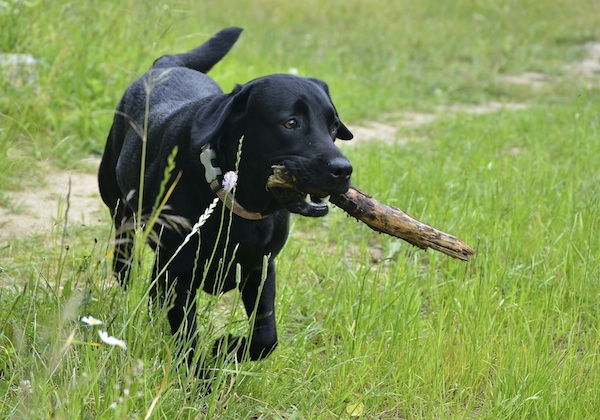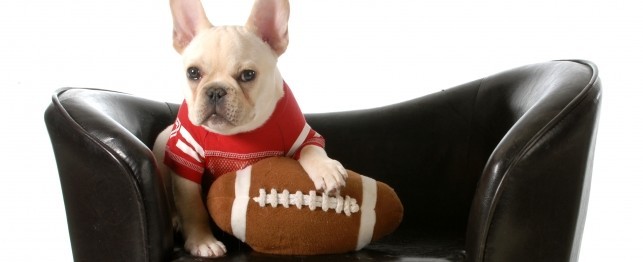If you've ever wondered if crate training puppies is a good idea, it is. If you have the right training yourself and some expertise, you can teach your dog or puppy that the crate is a secure place for him or her. However, this requires that you take the correct approach. If you take the wrong one, this can mean disaster for both you and your dog as well.
When it comes to crate training puppies, you need to first understand that the crate is not to be used as a means of punishment. Gently and gradually introduce crate training to your puppy. You should primarily use a crate for potty training purposes, and the potty training process itself should be a truly happy and positive experience, if you want your puppy to view the crate as a positive thing.
Give your puppy a nice balance between time to be active and time to be in the crate. Dogs need a good amount of exercise so that they can stay healthy. This is very important as a part of proper crate training for your puppy and potty training for him or her as well. If the puppy is in the crate for too long or too often, this can negatively affect his or her personality and behavior.
If your dog is out of the crate too often, this can allow too much time for the puppy to get into trouble. It might also make your dog feel insecure or overwhelmed. When it comes to crate training puppies, the following tips should make the process a lot easier for you and puppy.
If you can't be present to keep an eye on your puppy, make sure you put the puppy the crate. This is also true if your dog is grown. Unless your dog is very reliable and completely potty trained, limit his or her freedom to make sure that you don't encounter accidents.
Choose a crate that fits your dog's size and weight. This may mean that you'll buy larger crates as your dog grows. Don't buy a crate that's too large or too small for your dog. There are crates that are adjustable, but these are not normally enclosed. They do not give your dog the same level of security that a normal training crate would provide.
If you are not sure how long to leave your dog in his or her crate at any one time, one way that you can look at it is to compare his months in age to how many hours he can be crated at a single time. A one month old puppy, then, should only be crated for an hour at a time. A twelve month old puppy on the other hand can handle the crate for much longer periods of time.
Never use your dog's crate to punish him or her. Do not bang on or shake the crate, either. The crate is meant to be a place of safety, and violating it in such a fashion can lead to other behavioral problems as your dog ages.

 How to Groom a Dog
Good grooming will help your dog lo
How to Groom a Dog
Good grooming will help your dog lo
 Diabetes in Dogs: Symptoms, Causes, Diagnosis, & Treatment
Diabetes is a chronic disease that
Diabetes in Dogs: Symptoms, Causes, Diagnosis, & Treatment
Diabetes is a chronic disease that
 Flea & Tick Prevention
Spring has sprung and summer is pee
Flea & Tick Prevention
Spring has sprung and summer is pee
 Safely Enjoy the Football Game with Your Dog: Beware 13 Dangerous Foods
Safely Enjoy the Football Game with Your Dog:
Safely Enjoy the Football Game with Your Dog: Beware 13 Dangerous Foods
Safely Enjoy the Football Game with Your Dog:
 Is It Safe For My Dog To Eat Steak Bones?
New dog owners often have questions
Is It Safe For My Dog To Eat Steak Bones?
New dog owners often have questions